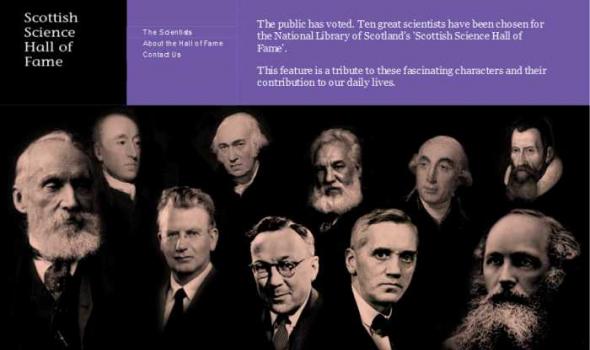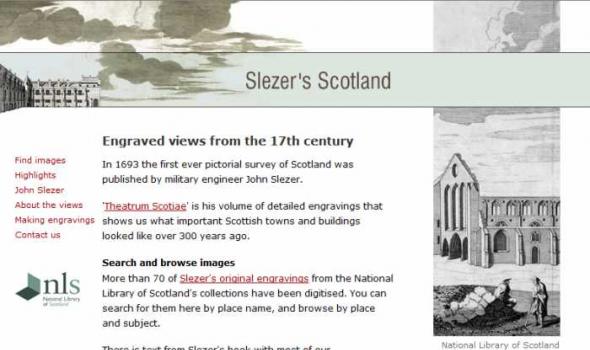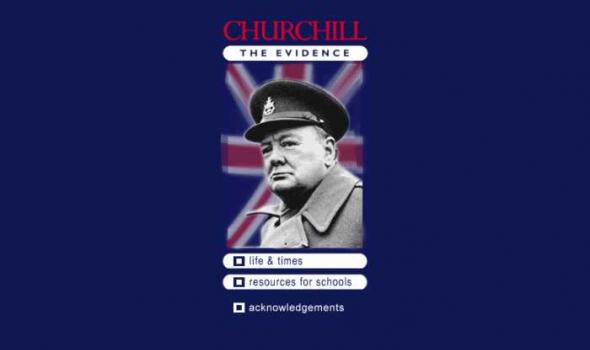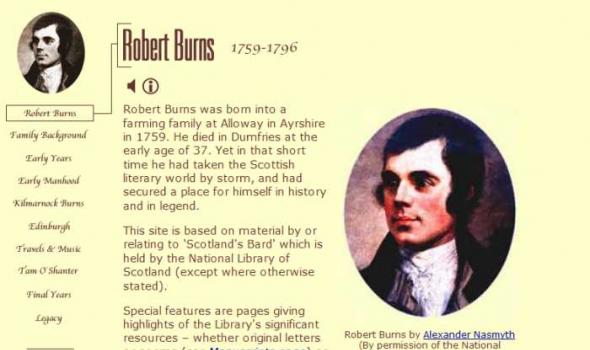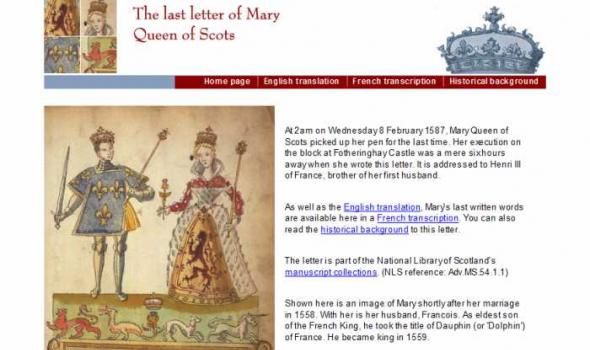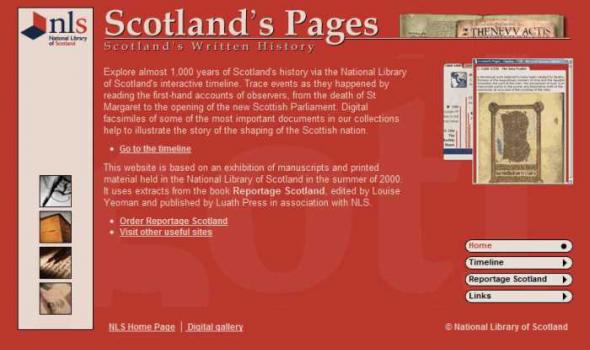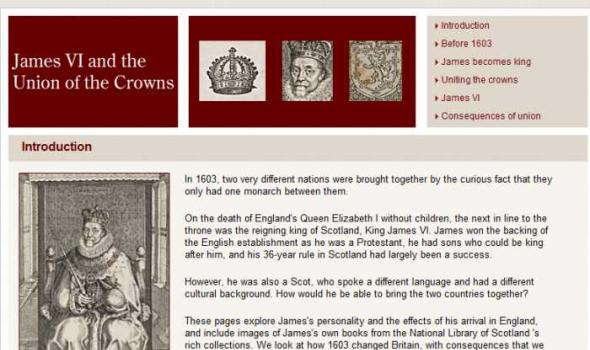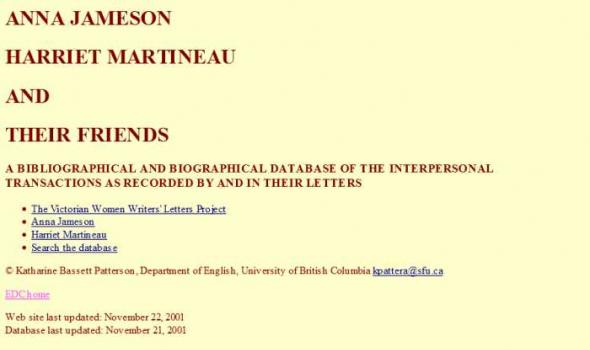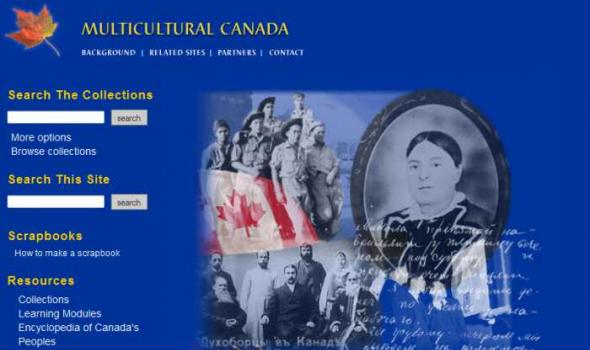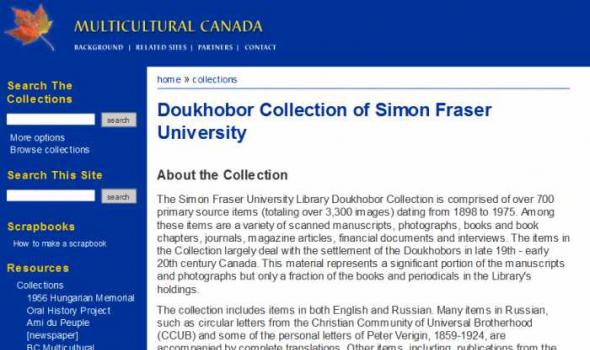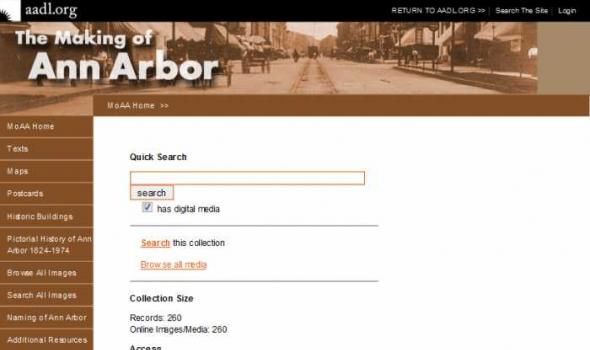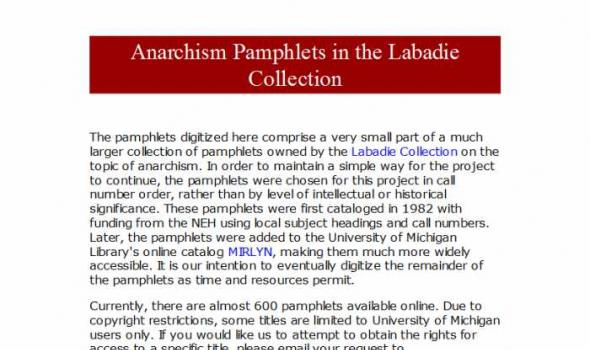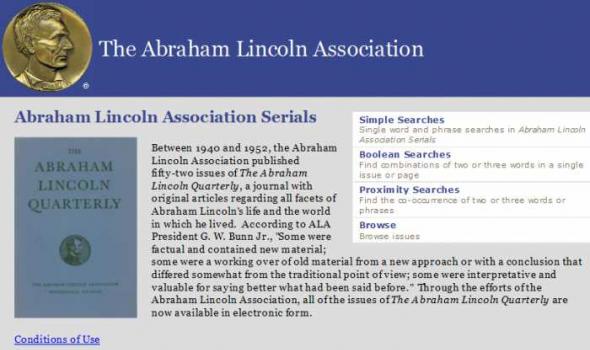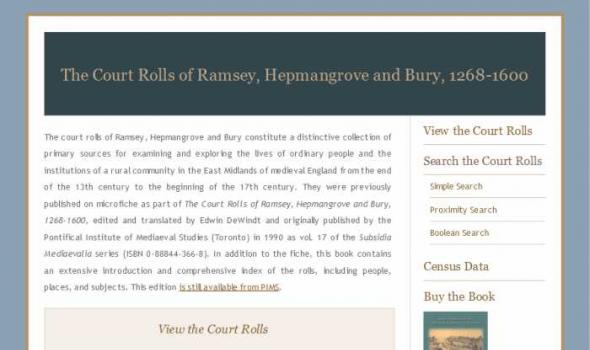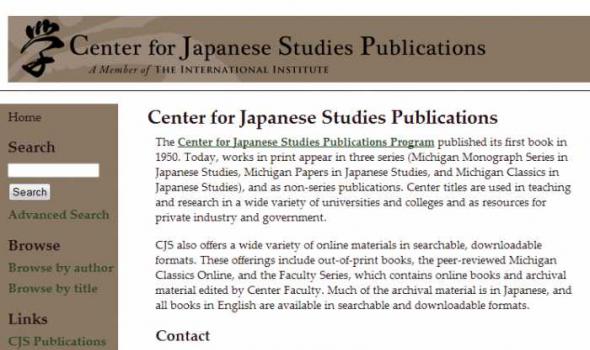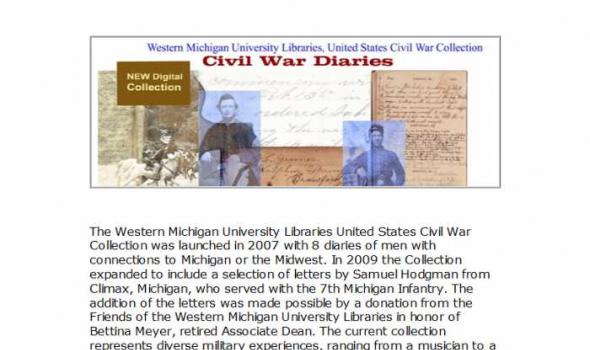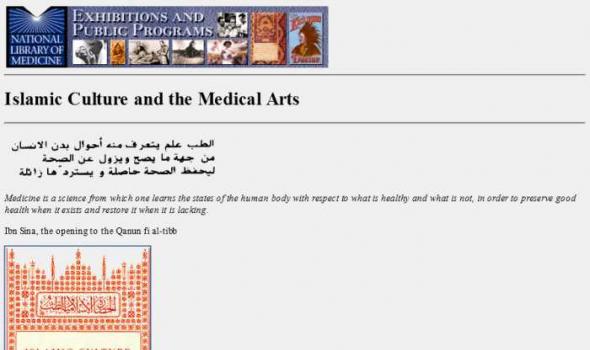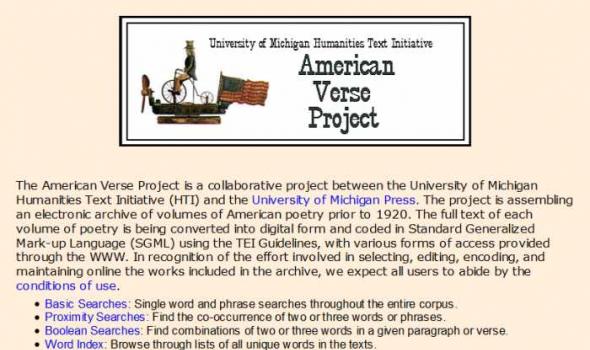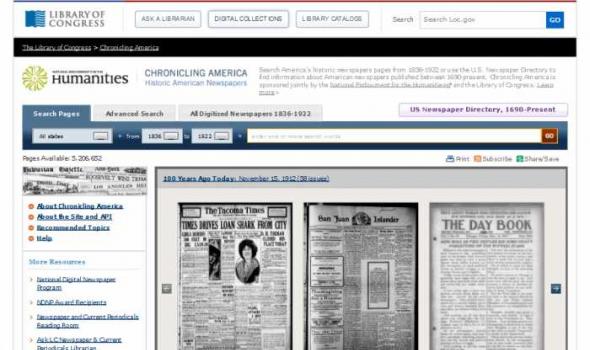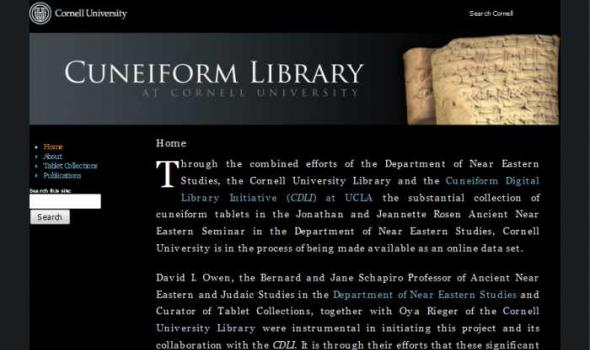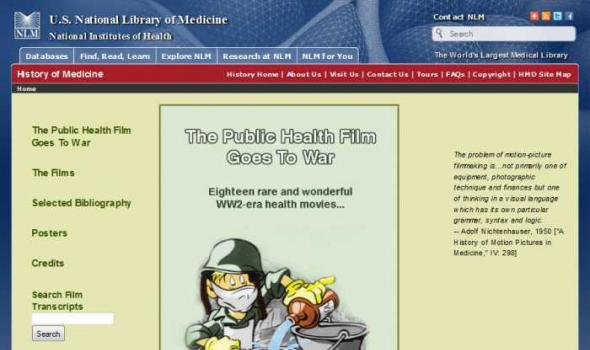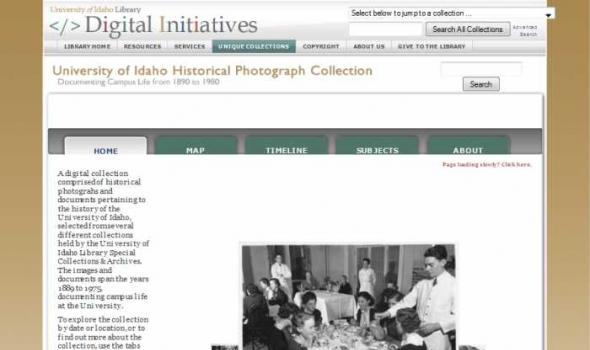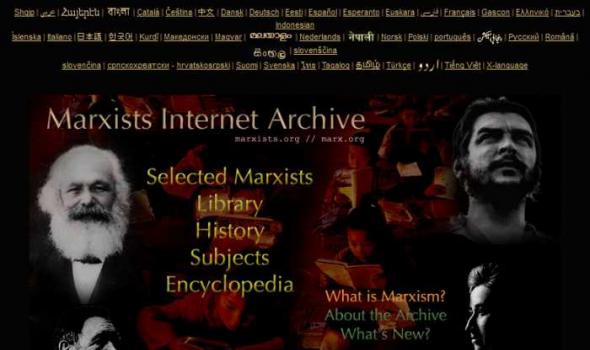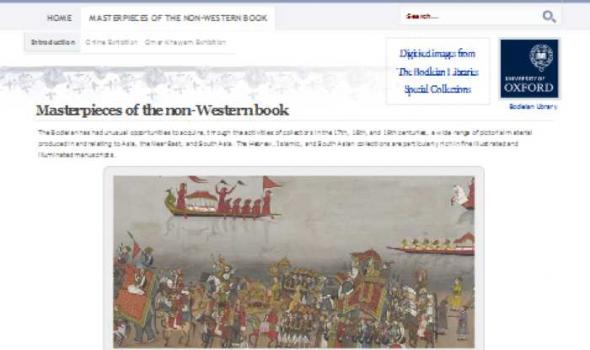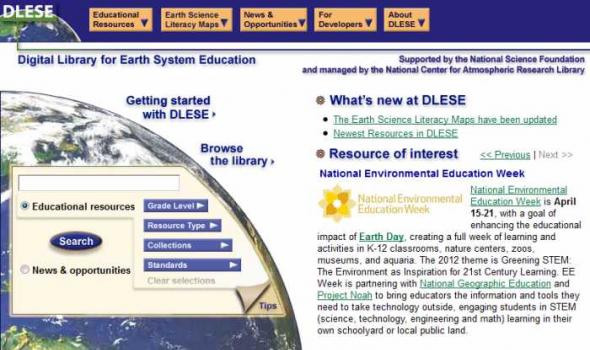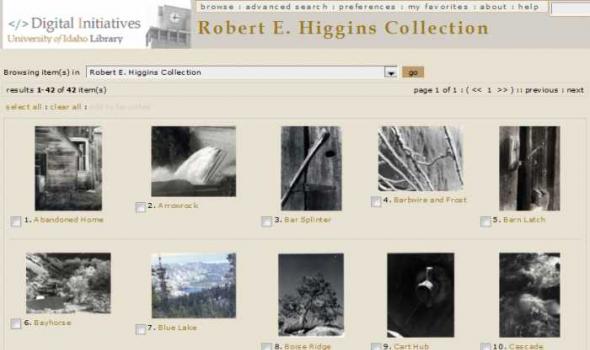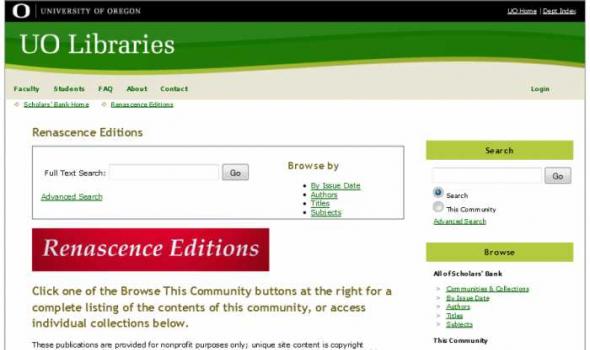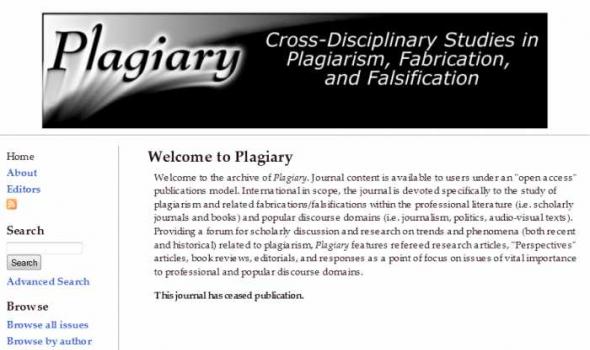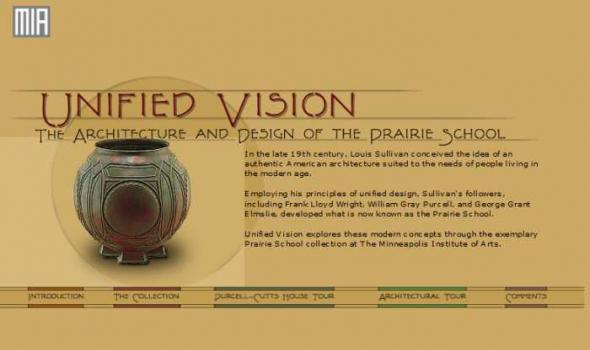Social Sciences
Over the past 300 years or so, Scottish scientists have provided the world with important ideas and inventions. Many of these shape our lives today.
Science is behind many objects we take for granted, such as Alexander Graham Bell's telephone and John Logie Baird's television. It is thanks to scientists like Alexander Fleming that we now have life-saving advances in medicine.
Imagine what life would be like without the work of these, and other, pioneering Scottish scientists.
Mapmaking and printing from 1820 to 2002
The Bartholomew Archive is the remarkable record of the Edinburgh-based firm of map engravers, printers and publishers, John Bartholomew & Son Ltd. It is one of the most extensive cartographic archives available for research in a public institution.
Members of the Bartholomew family were engaged in map-making from the first known map engraving work of George Bartholomew in 1825. John Bartholomew junior started printing operations before 1870. For more than a century afterwards the Bartholomew firm specialised in high-quality map production.
Importance of the archive
The Bartholomew Archive enables us to:
In 1693 the first ever pictorial survey of Scotland was published by military engineer John Slezer.
'Theatrum Scotiae' is his volume of detailed engravings that shows us what important Scottish towns and buildings looked like over 300 years ago.
Search and browse images
More than 70 of Slezer's original engravings from the National Library of Scotland's collections have been digitised. You can search for them here by place name, and browse by place and subject.
There is text from Slezer's book with most of our zoom-and-pan images, and we give links to relevant online maps.
Experience the First World War through the eyes of three very different people who took part in it. Click on the character whose story you want to follow. Click 'For Schools' for educational material designed for use in Scottish schools.
General Douglas Haig (later Field Marshal Earl Haig) was British Commander in Chief for the greater part of the First World War. Follow his war through his diaries, letters, and photos by clicking on his photograph.
Nurse Mairi Chisholm knew more about the war and its horrors than most women. You can follow her wartime experiences by clicking on the photograph.
This exploration of the life of Sir Winston Churchill has been created by the National Library of Scotland and the Churchill Archives Centre, and is based on a major exhibition in the National Library of Scotland in the summer of 1999. It uses original documents and photographs to tell the story of one of the twentieth century's most important figures.
Robert Burns was born into a farming family at Alloway in Ayrshire in 1759. He died in Dumfries at the early age of 37. Yet in that short time he had taken the Scottish literary world by storm, and had secured a place for himself in history and in legend.
This site is based on material by or relating to 'Scotland's Bard' which is held by the National Library of Scotland (except where otherwise stated).
Special features are pages giving highlights of the Library's significant resources – whether original letters or poems (see Manuscripts page) or important books (see Books page).
Muriel Spark was identified as a promising and creative writer when her name was still Muriel Camberg and she was still at school. Some of her poems had already been published by the time she won her first poetry prize, at the age of 12.
Dame Muriel – poet, writer of fiction and literary criticism, and biographer – went on to win most of the literary awards going, was never out of print, and was at the top of her profession, internationally, for more than half a century.
Best-known as the author of 'The Prime of Miss Jean Brodie', Muriel decided in the 1940s to keep a record of her professional and personal activities, beginning a personal archive that is now one of the largest and most comprehensive held by the National Library of Scotland.
This site features a selection of leading Scottish writers, photographed in a 30-year period by Edinburgh publisher and photographer Gordon Wright. It is based on an exhibition held at the National Library of Scotland in 2001.
Gordon Wright's photographs featured in 'The Write Stuff' are in copyright. For permission to use them, and to order print or digital copies, please email Gordon Wright.
Texts by Jennie Renton, editor of 'The Scottish Book Collector'.
Robert Louis Stevenson was born in Edinburgh’s New Town in 1850. He died 44 years later on a small Samoan island in the Pacific.
During his short life he travelled the world, defied convention, and made himself one of the most famous writers of the 19th century.
Here we tell Stevenson's story, illustrated with material held in the National Library of Scotland's collections.
You can also see the entire first English edition of Kidnapped – one of his most famous tales – published in 1886.
At 2am on Wednesday 8 February 1587, Mary Queen of Scots picked up her pen for the last time. Her execution on the block at Fotheringhay Castle was a mere six hours away when she wrote this letter. It is addressed to Henri III of France, brother of her first husband.
As well as the English translation, Mary's last written words are available here in a French transcription. You can also read the historical background to this letter.
The letter is part of the National Library of Scotland's manuscript collections. (NLS reference: Adv.MS.54.1.1)
Shown here is an image of Mary shortly after her marriage in 1558. With her is her husband, Francois. As eldest son of the French King, he took the title of Dauphin (or 'Dolphin') of France. He became king in 1559.
Explore almost 1,000 years of Scotland's history via the National Library of Scotland's interactive timeline. Trace events as they happened by reading the first-hand accounts of observers, from the death of St Margaret to the opening of the new Scottish Parliament. Digital facsimiles of some of the most important documents in our collections help to illustrate the story of the shaping of the Scottish nation.
This website is based on an exhibition of manuscripts and printed material held in the National Library of Scotland in the summer of 2000. It uses extracts from the book Reportage Scotland, edited by Louise Yeoman and published by Luath Press in association with NLS.
Propaganda – A Weapon of War is a small snapshot of Second World War propaganda that can be found in the National Library of Scotland’s collections.
Between 1939 and 1945, both Allied and Axis Governments greatly influenced wartime behaviour and attitudes through propaganda. This took various forms: the printed word and pictorial leaflets, radio broadcasts and cinema and poster campaigns.
White propaganda was mostly practical information intended for the Home Front. Black propaganda targeted enemy morale, and there was a strong Scottish involvement in the clandestine organisation that developed it – the Political Warfare Executive.
On this website you'll find examples of British Government propaganda, from 'Make do and Mend' to 'Tag und Nacht'.
In 1603, two very different nations were brought together by the curious fact that they only had one monarch between them.
On the death of England's Queen Elizabeth I without children, the next in line to the throne was the reigning king of Scotland, King James VI. James won the backing of the English establishment as he was a Protestant, he had sons who could be king after him, and his 36-year rule in Scotland had largely been a success.
However, he was also a Scot, who spoke a different language and had a different cultural background. How would he be able to bring the two countries together?
The Kirk Papers is a collection of photographs and papers belonging to East Africa pioneer Sir John Kirk. It was acquired for the National Library of Scotland in 1998/1999 with the help of a grant of £55,000 from the Heritage Lottery Fund.
Though not as well-known as his friend and fellow-explorer David Livingstone, Kirk was a trail-blazer of empire in East Africa and a man of eminence in his day. Born in Barry, Angus, in 1832, Kirk qualified in medicine at Edinburgh University and then volunteered for medical service in the Crimea. An accomplished botanist, zoologist and diplomat, he was also a talented photographer. This is evident from the collection of over 250 photographs, many of them stunning.
The aim of the VICTORIAN WOMEN WRITERS' LETTERS PROJECT is to make available through electronic publication the correspondences of early to mid-Victorian British women writers in a form that attempts to capture the multiplexity of epistolary communication.
Background Multicultural Canada: Our Diverse Heritage The Multicultural Canada digitization project grew from our conviction that the cultural groups that make up our country have little-known stories that need to be researched and told. Through newspapers, interviews, photographs, print and material culture people tell us who they are. Yet research into Canada’s multi-ethnic communities has been hampered by the relative lack of availability of non-English language materials and other artefacts originating from minority groups. Archives and libraries have long worked with individuals and cultural communities in Canada to collect and preserve the historical record of their experience; but these documents are seldom available beyond the walls of the institution.
HARRISON BROWN The Sian Incident and Beyond "Harrison Brown: The Sian Incident and Beyond" is a chronicle of author and journalist Harrison Brown's voyage to China between 1936 and 1937, and the events that unfolded during that time in what has become known as 'The Sian Incident'. The events are presented largely through the eyes of Harrison Brown himself - 'H.B.' as his friends called him - through the journals that he kept during his trip, the photographs he took, and the articles and manuscript that he wrote during and after his journey. You may browse through a collection of 137 of H.B's photos, his 22-chapter manuscript "On the Trail of a Freelance", his original hand-written journal pages, and much more.
Doukhobor Collection of Simon Fraser University About the Collection The Simon Fraser University Library Doukhobor Collection is comprised of over 700 primary source items (totaling over 3,300 images) dating from 1898 to 1975. Among these items are a variety of scanned manuscripts, photographs, books and book chapters, journals, magazine articles, financial documents and interviews. The items in the Collection largely deal with the settlement of the Doukhobors in late 19th - early 20th century Canada. This material represents a significant portion of the manuscripts and photographs but only a fraction of the books and periodicals in the Library's holdings. The collection includes items in both English and Russian.
Purchasing Print Issues Past issues can be purchased for $12 apiece from the Museum Store at the University of Michigan Museum of Art by contacting Store Manager Suzanne Witthoff at witthoff@umich.edu or 734.763.9051. About Bulletin The Bulletin of the University of Michigan Museums of Art and Archaeology was a joint publication of the University of Michigan Museum of Art , the Kelsey Museum of Archaeology , and the Department of the History of Art . This journal features scholarly articles related to subjects of interest to both museums, particularly their collections, exhibitions, and fieldwork programs.
Introduction The Ann Arbor District Library, the University of Michigan University Library and the U-M’s Bentley Historical Library have entered into a partnership to create The Making of Ann Arbor, an online, public website on the history and development of the Ann Arbor community. MOAA is an illustrated narrative about Ann Arbor from its pioneer days when it was part of Michigan Territory to the early twentieth century. The project draws upon the three libraries’ resources and the expertise of all three partners to build a website of interest to the citizens of Ann Arbor. In addition to the illustrated narrative history of our city, the website has a searchable image database, including many photographs and other visual images not used in the narrative.
The pamphlets digitized here comprise a very small part of a much larger collection of pamphlets owned by the Labadie Collection on the topic of anarchism. In order to maintain a simple way for the project to continue, the pamphlets were chosen for this project in call number order, rather than by level of intellectual or historical significance. These pamphlets were first cataloged in 1982 with funding from the NEH using local subject headings and call numbers. Later, the pamphlets were added to the University of Michigan Library's online catalog MIRLYN , making them much more widely accessible. It is our intention to eventually digitize the remainder of the pamphlets as time and resources permit. Currently, there are almost 600 pamphlets available online.
Abraham Lincoln Association Serials Between 1940 and 1952, the Abraham Lincoln Association published fifty-two issues of The Abraham Lincoln Quarterly , a journal with original articles regarding all facets of Abraham Lincoln's life and the world in which he lived. According to ALA President G. W.
aking of America (MOA) represents a major collaborative endeavor to preserve and make accessible through digital technology a significant body of primary sources related to development of the U.S. infrastructure. With funding from the Andrew W. Mellon Foundation , MOA seeks to involve research institutions and national consortia to develop common protocols and consensus for the selection, conversion, storage, retrieval, and use of digitized materials on a large, distributed scale. The initial phase of the project, begun in the fall of 1995, focused on developing a collaborative effort between the University of Michigan and Cornell University .
The Michigan County Histories and Atlases Digitization Project is comprised of 428 digitized titles (many composed of multiple volumes) published before 1923. The collection offers all members of the community free keyword searching and page-by-page access to digitized reproductions of Michigan county histories and atlases as a resource for historical and genealogical research. The collection is made possible, in part, through a generous Library Services and Technology Act (LSTA) grant. Additional funding was provided by Michigan Council of Library Directors institutions and a Michigan Digitization and Preservation for Access grant.
Contact Please send all inquiries and submissions to FragmentsJournal@gmail.com The editorial board is pleased to announce the establishment of Fragments , a new, open-access and peer-reviewed journal, which will be published by MPublishing, a division of the University of Michigan Library. The journal's first articles were published in July 2011. Fragments will provide a forum for dialogue and exchange between scholars in all fields of the humanities and social sciences who study the premodern world. The journal encourages scholars to pursue subjects of broad interest to colleagues working in other places and times, and to pursue comparative and connective approaches in investigating the past.
The Court Rolls of Ramsey, Hepmangrove and Bury, 1268-1600 The court rolls of Ramsey, Hepmangrove and Bury constitute a distinctive collection of primary sources for examining and exploring the lives of ordinary people and the institutions of a rural community in the East Midlands of medieval England from the end of the 13th century to the beginning of the 17th century. They were previously published on microfiche as part of The Court Rolls of Ramsey, Hepmangrove and Bury, 1268-1600 , edited and translated by Edwin DeWindt and originally published by the Pontifical Institute of Mediaeval Studies (Toronto) in 1990 as vol. 17 of the Subsidia Mediaevalia series (ISBN 0-88844-366-8).
Center for Japanese Studies Publications The Center for Japanese Studies Publications Program published its first book in 1950. Today, works in print appear in three series (Michigan Monograph Series in Japanese Studies, Michigan Papers in Japanese Studies, and Michigan Classics in Japanese Studies), and as non-series publications. Center titles are used in teaching and research in a wide variety of universities and colleges and as resources for private industry and government. CJS also offers a wide variety of online materials in searchable, downloadable formats. These offerings include out-of-print books, the peer-reviewed Michigan Classics Online, and the Faculty Series, which contains online books and archival material edited by Center Faculty.
Center for Japanese Studies: Motion Pictures Reprint Series The University of Michigan has one of the largest faculties for Japanese in the United States. As part of its charter to disseminate advanced research and foster new possibilities for pedagogy, the Publications Program has inaugurated a unique reprint series on Japanese cinema. The site includes monographs, essay collections, journals, billets, and even digitized films. Abé Mark Nornes, Editor
The Western Michigan University Libraries United States Civil War Collection was launched in 2007 with 8 diaries of men with connections to Michigan or the Midwest. In 2009 the Collection expanded to include a selection of letters by Samuel Hodgman from Climax, Michigan, who served with the 7th Michigan Infantry. The addition of the letters was made possible by a donation from the Friends of the Western Michigan University Libraries in honor of Bettina Meyer, retired Associate Dean. The current collection represents diverse military experiences, ranging from a musician to a prisoner of war. The handwritten originals have full transcriptions that are searchable with subjects.
A London Provisioner's Chronicle, 1550–1563, by Henry Machyn: Manuscript, Transcription, and Modernization is an electronic scholarly edition created by Richard W. Bailey, Marilyn Miller, and Colette Moore. The Chronicle was one of the treasures of the library of the antiquarian Robert Cotton, and it was stored in the same bookcase with the Beowulf manuscript. Its location was in the book press surmounted by a bust of the Roman emperor Vitellius, and it takes its shelf mark in the British Library from that location: Cotton Vitellius F.v. In the terrible fire that did so much damage to this library in the early eighteenth century, the 162 leaves of the diary were badly damaged and portions of the outside margins and the top of the text were charred or burned away.
